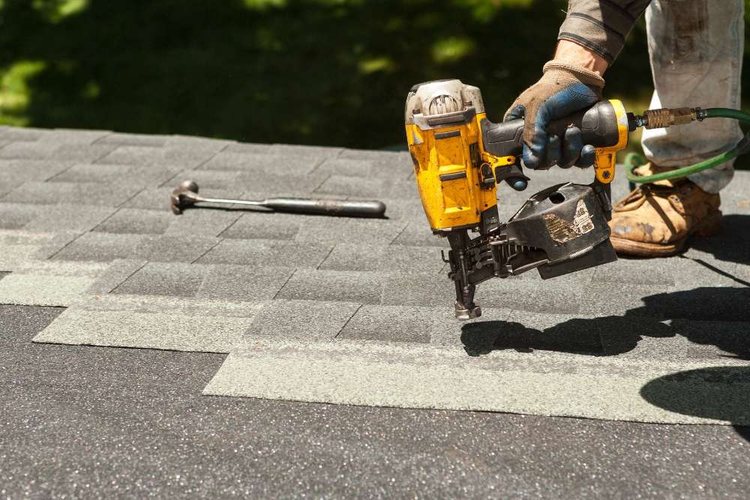Electrical and mounting best practices for wall and ceiling radiant units
This article outlines practical electrical and mounting considerations for wall and ceiling radiant units, focusing on safe installation, thermal performance, zoning and controls, routine maintenance, and cost factors. It is intended for building owners, installers, and facility managers seeking guidance on reliable, energy-aware radiant heating deployments.

Wall and ceiling radiant units deliver thermal comfort by radiating heat directly to surfaces and occupants rather than heating the air. Proper electrical work and secure mounting are essential for reliable performance, occupant safety, and long-term durability. This article covers wiring considerations, mounting best practices, retrofit tips, zoning and controls for comfort and energy efficiency, routine maintenance and safety, and a practical cost comparison to help plan installations.
Radiant and thermal basics for wall and ceiling units
Radiant units create thermal comfort by emitting infrared energy that warms surfaces and people. Unlike convective systems, radiant heating can feel effective at lower air temperatures, improving perceived comfort while reducing energy consumption in some scenarios. Unit selection should match room geometry: ceiling-mounted panels provide broad coverage for open areas, while wall-mounted units can target specific zones or reduce heat loss near glazing. Consider material durability and finish to ensure consistent radiant emissivity and long-term performance.
Electrical installation and wiring considerations
Electrical installation must follow local codes and manufacturer specifications. Key items include correctly sizing circuits for continuous loads, using dedicated breakers where required, and ensuring proper grounding and overcurrent protection. Conductor sizing should account for ambient temperatures and conduit fill; voltage drop matters for long runs. For ceiling installations, route cables through approved junction boxes and use strain reliefs. Label panel circuits clearly and provide accessible disconnects. Work with a licensed electrician to verify load calculations and to obtain necessary inspections and permits.
Mounting, durability, and retrofit strategies
Mounting hardware and placement affect durability and thermal performance. Use brackets rated for the unit weight and environmental conditions—corrosion-resistant hardware for humid or outdoor-exposed areas. Maintain manufacturer-recommended clearances from combustible materials and combustible finishes. For retrofit projects, evaluate structural supports and available ceiling or wall cavities; supplemental blocking or anchors may be needed. Consider vibration isolation in high-traffic or industrial spaces to reduce noise and mechanical stress on mounting points.
Zoning, controls, and sensors for comfort
Effective zoning and controls improve comfort while reducing energy use. Pair radiant units with thermostats or line-voltage controls sized to the number of zones; programmable or smart controls enable schedules and set-backs. Incorporate occupancy and ambient sensors to avoid unnecessary runtime in seldom-used spaces. For mixed-use buildings, consider separate thermostats for perimeter zones near windows to counteract radiative losses. Proper controls integration supports consistent thermal comfort and allows energy-efficient operation.
Energy efficiency, safety, and maintenance
Energy efficiency depends on appropriate sizing, controls, and insulation of the space. Regular maintenance preserves efficiency: clean radiant surfaces to prevent dust buildup that reduces emissivity, inspect wiring and connections for signs of overheating or corrosion, and verify mounting hardware for looseness or wear. Safety checks should include verifying clearances, testing ground-fault protection where applicable, and confirming that controls respond correctly. Document maintenance intervals and keep spare brackets and basic electrical components on hand to reduce downtime.
Costs and provider comparison Real-world costs depend on unit type, capacity, installation complexity, and regional labor rates. Typical installation variables include electrical circuit upgrades, required permits, mounting reinforcement, and integration with zoning controls. Below is a concise comparison of representative providers and product types to illustrate typical price ranges for units and installed costs.
| Product/Service | Provider | Cost Estimation |
|---|---|---|
| T-Series electric radiant unit (typical ceiling unit) | Infratech | $500–$1,200 (unit); $900–$2,000 (installed) |
| Tungsten smart radiant heater (wall or ceiling) | Bromic Heating | $400–$900 (unit); $800–$1,800 (installed) |
| Heatstrip Classic radiant unit (wall/ceiling) | Heatstrip | $300–$700 (unit); $700–$1,500 (installed) |
| Ceramic radiant panel (compact ceiling unit) | Solaira | $250–$600 (unit); $600–$1,300 (installed) |
Prices, rates, or cost estimates mentioned in this article are based on the latest available information but may change over time. Independent research is advised before making financial decisions.
When budgeting, include electrical upgrades (panel or circuit work), mounting reinforcement, controls and sensors, and testing/inspection fees. Labor rates vary widely by region; local services or certified installers can provide precise quotes for in-area projects.
Conclusion
Successful wall and ceiling radiant installations balance correct electrical practice, secure mounting, thoughtful zoning and controls, and scheduled maintenance. Attention to wiring, grounding, and mounting hardware improves safety and durability, while appropriate sensors and thermostats enhance comfort and energy efficiency. Cost planning that includes unit price, installation complexity, and ongoing maintenance yields more reliable outcomes for both new builds and retrofit projects.





